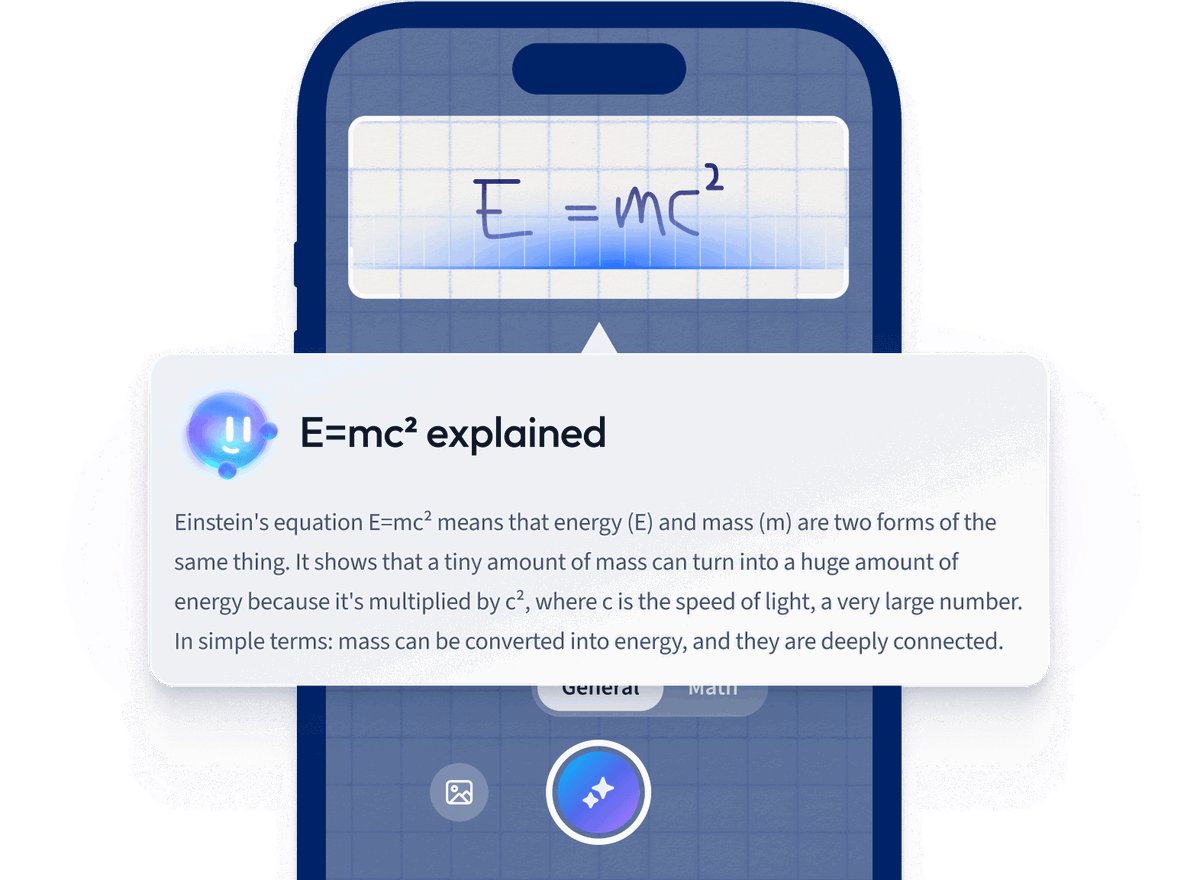What is the difference between a tap and a trill in Spanish pronunciation?
In Spanish pronunciation, a tap (also called a flap) is a brief, singular contact of the tongue against the alveolar ridge, producing sounds like the 'r' in "pero" (but). A trill, on the other hand, features multiple vibrations or contacts, as in the 'rr' sound found in "perro" (dog).
When should I use a tap and when should I use a trill in Spanish?
In Spanish, use a tap for the single 'r' between vowels or after consonants, except 'l', 'n', and 's', as in 'caro'. Use a trill for the double 'rr' or a single 'r' at the beginning of a word, after 'l', 'n', and 's', as in 'carro'.
How can I practise to correctly differentiate between a tap and a trill in Spanish?
To practise differentiating between a tap and trill in Spanish, firstly, listen carefully to native speakers or audio resources. Then, practice the tap ([ɾ]) by lightly touching the tip of your tongue against your alveolar ridge once, as in 'caro'. For the trill ([r]), vibrate your tongue against the same spot, as in 'carro'. Repeat exercises daily for improvement.
What are the common mistakes learners make when trying to produce a tap versus a trill in Spanish?
Learners often confuse the tap with a single flap of the tongue against the alveolar ridge, used in words like 'pero' (but), with the trill, a vibratory sound requiring multiple flaps, as found in 'perro' (dog). They might not apply enough vibration for the trill or overuse it for the tap.
Are there any Spanish words where the meaning changes with a tap versus a trill?
Yes, there are Spanish words where the meaning changes with a tap versus a trill, such as "pero" (but) with a tap, versus "perro" (dog) with a trill.










